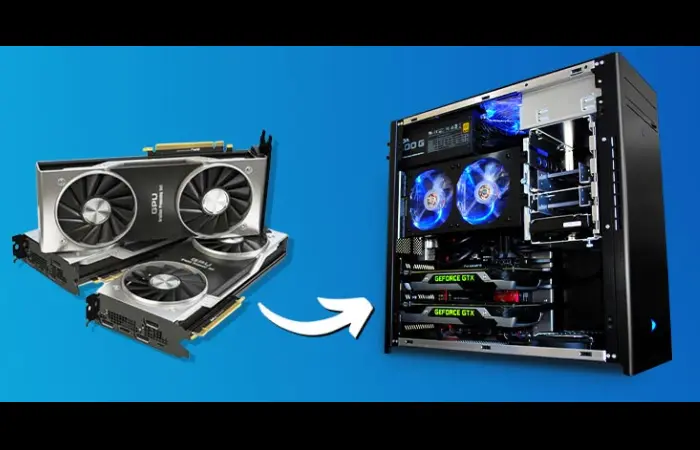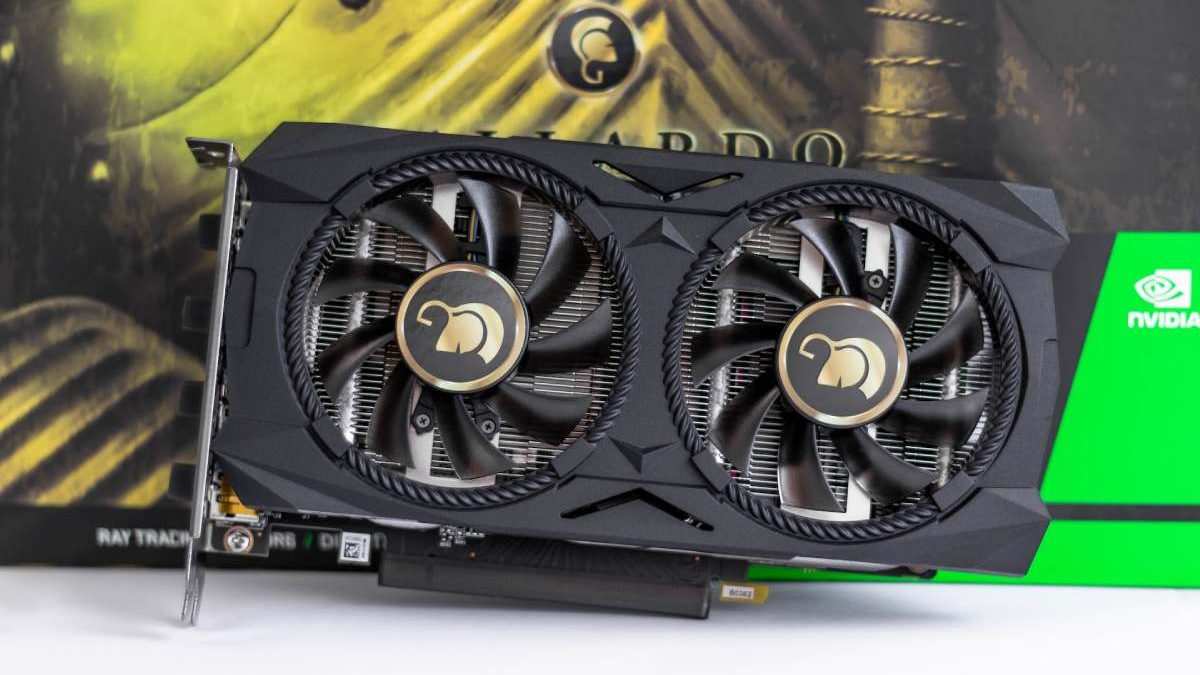If you would like to start editing videos, either for personal or professional reasons, you might have heard that you need a powerful GPU for completing your projects. A graphics card, whether integrated or dedicated, does help with video editing tasks because many of them are computational. But do you need a dedicated graphics card for video editing? We explore below.
All Computers Have a Graphics Card
Every computer has a graphics card that displays the video output. In the case of integrated graphics, the GPU is on the same chip as the CPU and shares its memory. Additionally, these graphics options consume very little power, and their performance is limited so they do not produce so much as to overwhelm the cooling mechanism. These are some reasons why integrated graphics cannot handle memory or computationally intensive workloads.
Dedicated graphics cards, on the other hand, are stand-alone units with their own memory, cooling and power delivery units. Because of these features, they are clocked much higher, consume more power, produce more heat, and perform much better than their integrated graphics counterparts.

Graphics card makers are always looking for ways to improve the performance of their discrete graphics cards while keeping power consumption and heat production at optimal levels. This mainly applies to Nvidia and AMD, but Intel is releasing new Intel Arc graphics cards with excellent performance, conservative power usage and reasonable heat output. To see the improvements made, you can check out this Lenovo Intel graphics guide that explains the new graphics cards in addition to other graphics options from Intel.
Can You Edit Videos on Integrated Graphics?
Yes, you can. You do not need a dedicated graphics card for this, but the circumstances under which this applies are very limited. Editing on integrated graphics mainly applies to beginner and intermediate-level editors who do not work on huge files.
Once you start working with larger files, the limited memory available to the integrated graphics – which it shares with the CPU – becomes a serious bottleneck. Additionally, the limited number of cores that limit integrated graphics’ performance makes video editing slower and more tedious.
The Performance of a Dedicated GPU
A dedicated graphics card beats integrated cards in various ways. First, the card allows editors to work with larger 4K and even 8K files. Nvidia cards, for example, utilise their included CUDA cores to accelerate the editing process.Navigating and scrubbing video files is much faster and smoother on machines with dedicated GPUs.
Next, we have export times. Exporting is a process that incorporates everything you have added to a video file to produce one file. These include effects, layers, colour adjustments and more. Rendering includes the export and encoding process. The amount of time it takes to render a video file is greatly dependent on how powerful your GPU is.These are mathematical processes that involve complex calculations. A faster GPU will complete these calculations and computations faster.
While it is possible to edit videos on integrated graphics, you might not want to do this because of how slow and tedious the process will be. You should only do this when editing a small project that does not require a lot of GPU power.
Related posts
Featured Posts
What is Shiba Inu Coin? – Price, buy, and More
Shiba Inu coin launched in August of 2020, but it only recently enjoys enormous growth. And some crypto fans expected…
Watch and Download C/o Kancharapalem (2018)
C/o kancharapalem Movie Download C/o Kancharapalem is the 2018 Telugu-language slice of life anthology film written and directed by debutant…



